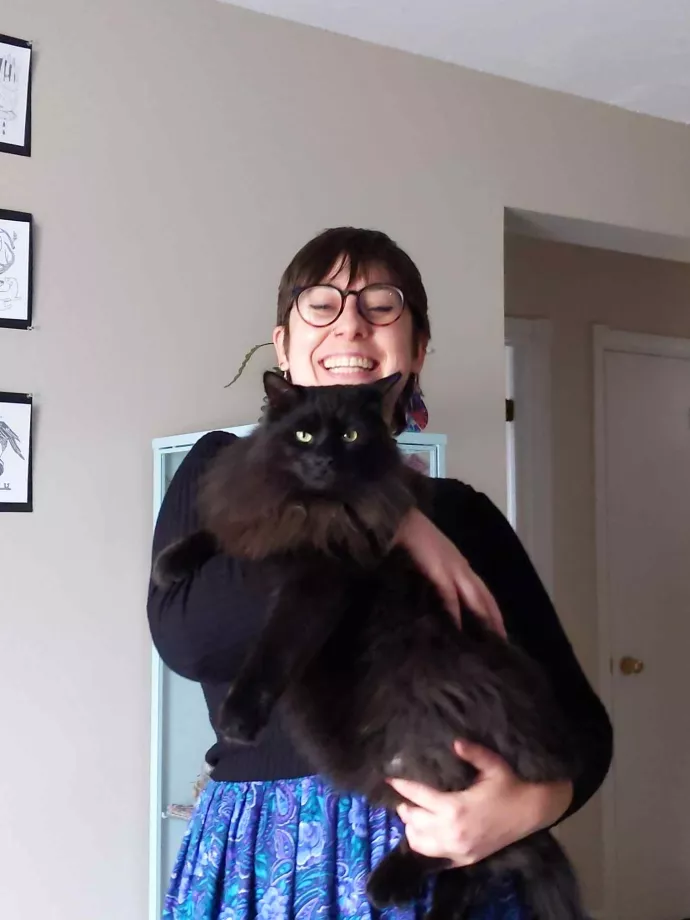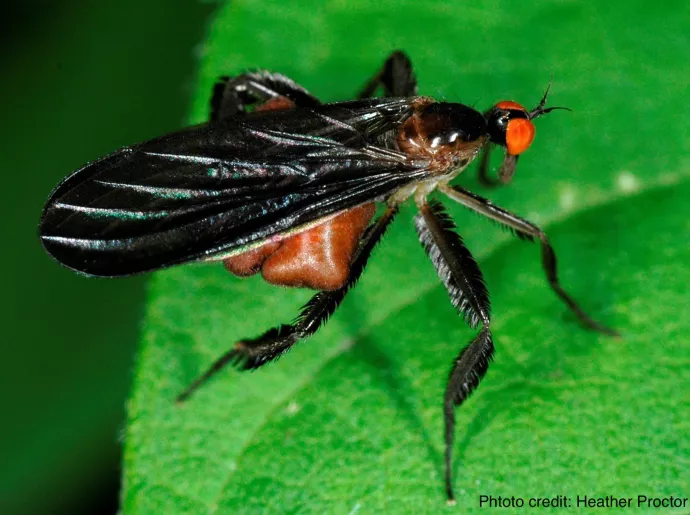
Deceived, but not Betrayed - Jessica Browne's 1st Authored Paper Published by Evolutionary Ecology
Jessica Browne just published her first-authored paper: Deceived, but not betrayed: static allometry suggests female ornaments in the long‑tailed dance fly (Rhamphomyia longicauda) exaggerate condition to males in Evolutionary Ecology
Jessica is a PhD student in Prof. Darryl Gwynne Lab.
In the long-tailed dance fly (Rhamphomyia longicauda), females possess two sex-specific ornaments that are displayed in female-biased courtship swarms: feathery scales on the hind legs and inflatable abdominal sacs. Because females rely on male nuptial food gifts to initiate and sustain egg development, female ornaments are thought to have evolved in the context of

deceiving males to obtain these gifts. While deception is expected to be costly for investing males, the costs may be reduced if female ornaments still provide valuable information to males. In this paper, we use static allometry (with body size as a proxy for condition) of both ornamental and non-ornamental traits in females (and homologous non-ornamental traits in males) to determine whether they indicate condition to males. We found that female ornaments (abdomen area and tibia scale length) showed significant positive allometry and had steep slopes relative to non-ornamental traits. As larger females invest more in ornamentation relative to smaller females, this suggests ornaments exaggerate differences in female condition and thus may inform male mating decisions. Surprisingly, male leg hairs (homologous with female scales) also showed positive static allometry, possibly because they are involved in nuptial-prey capture or in grasping mates.
